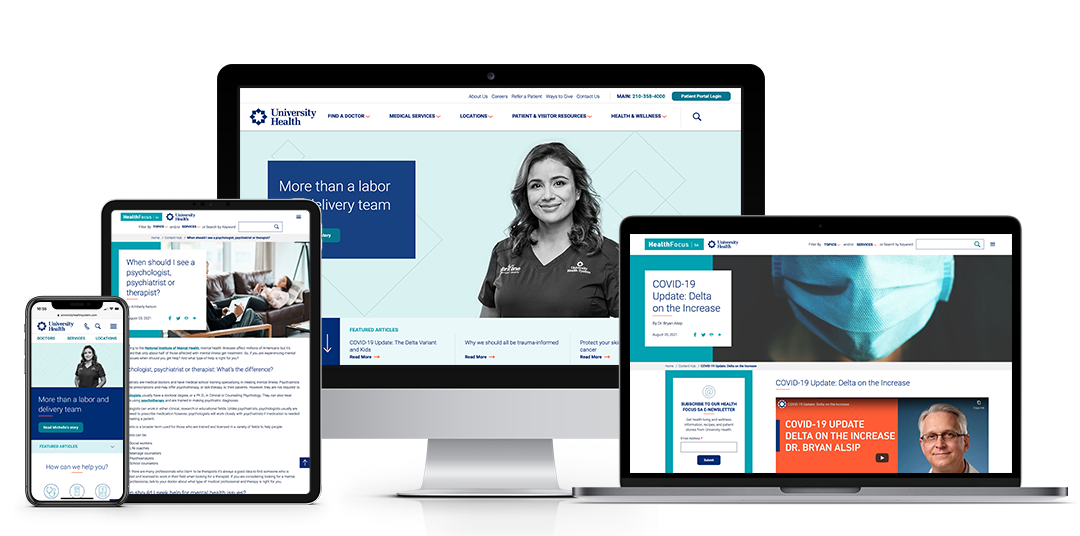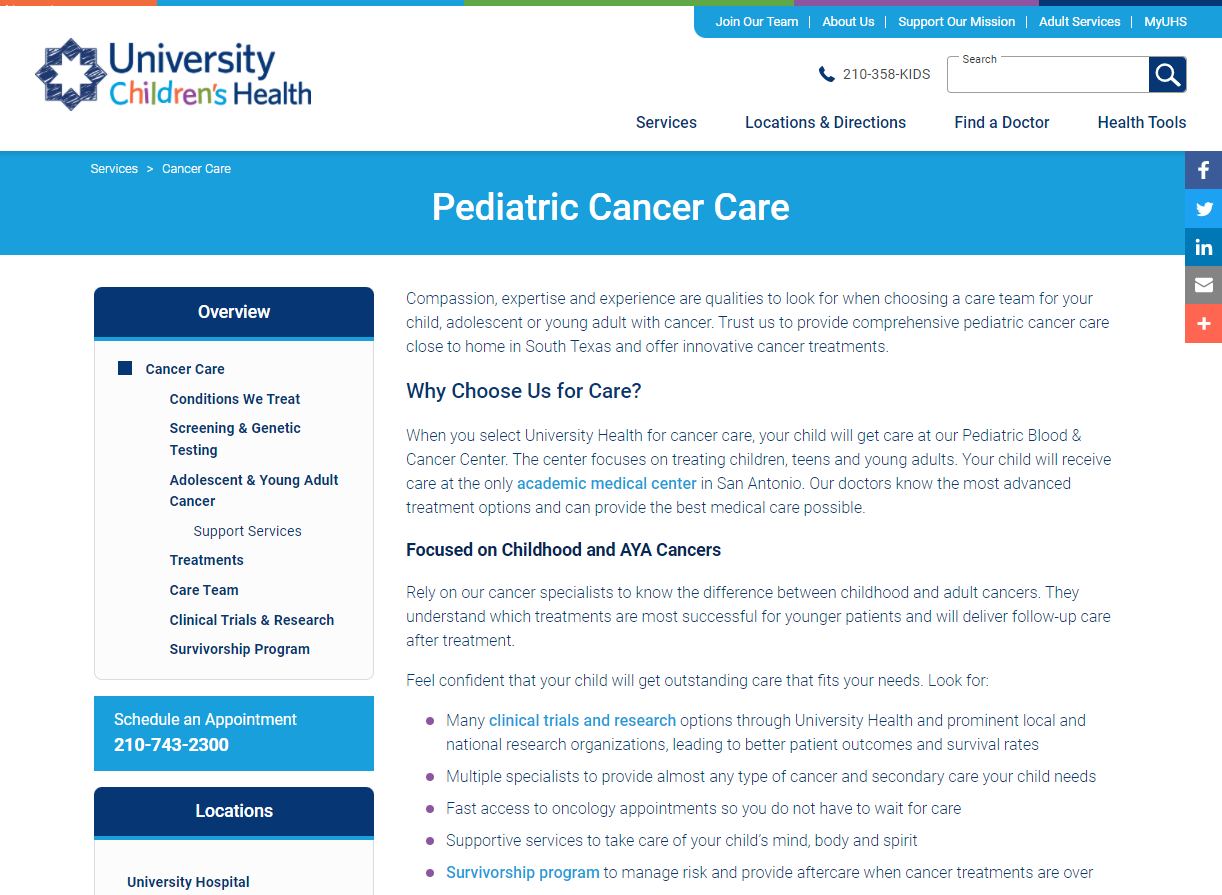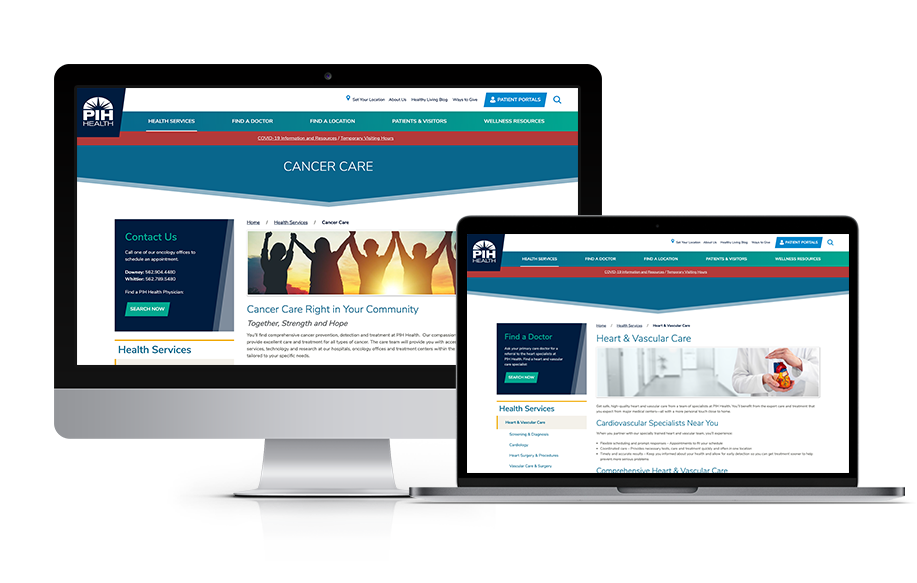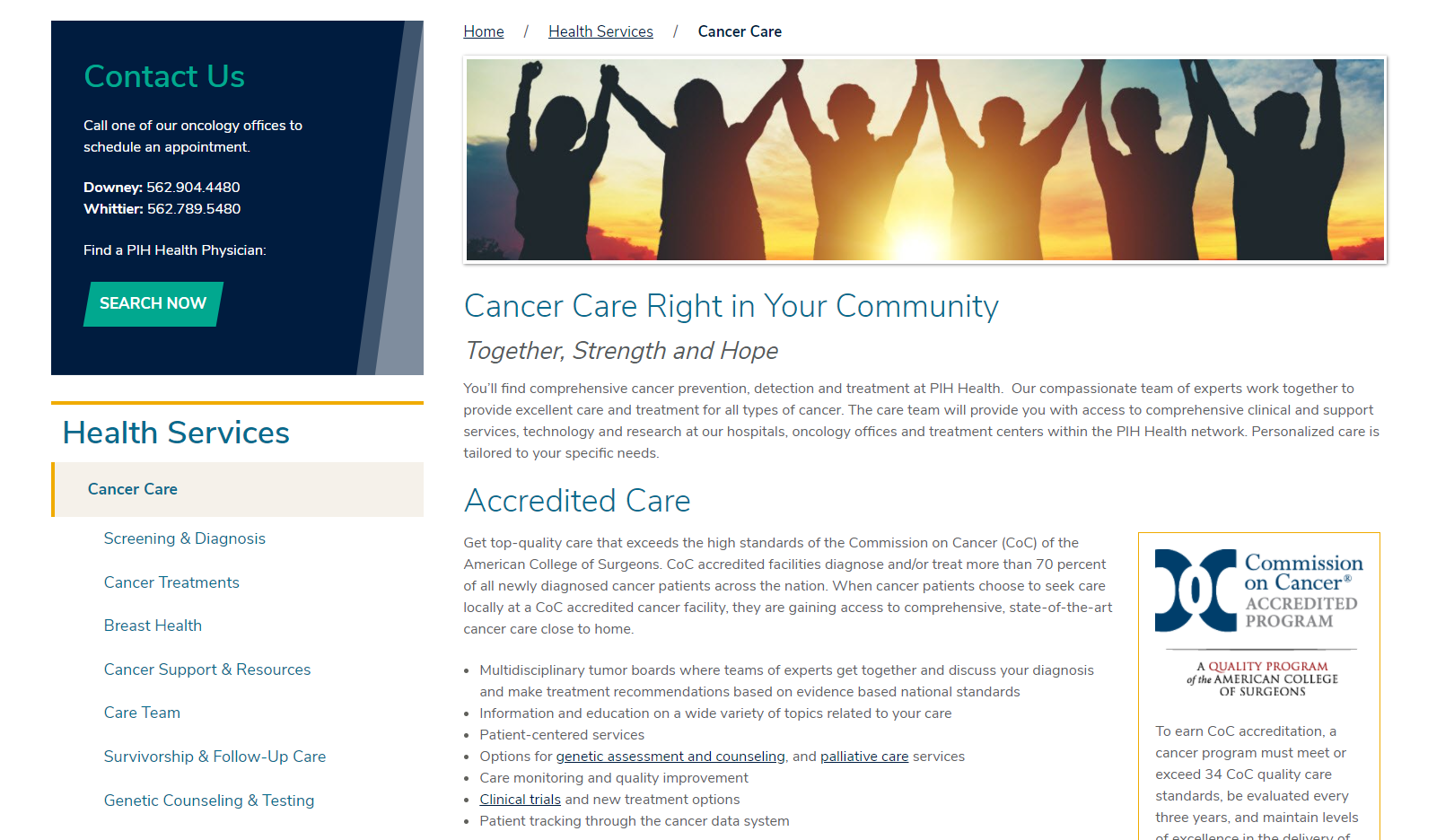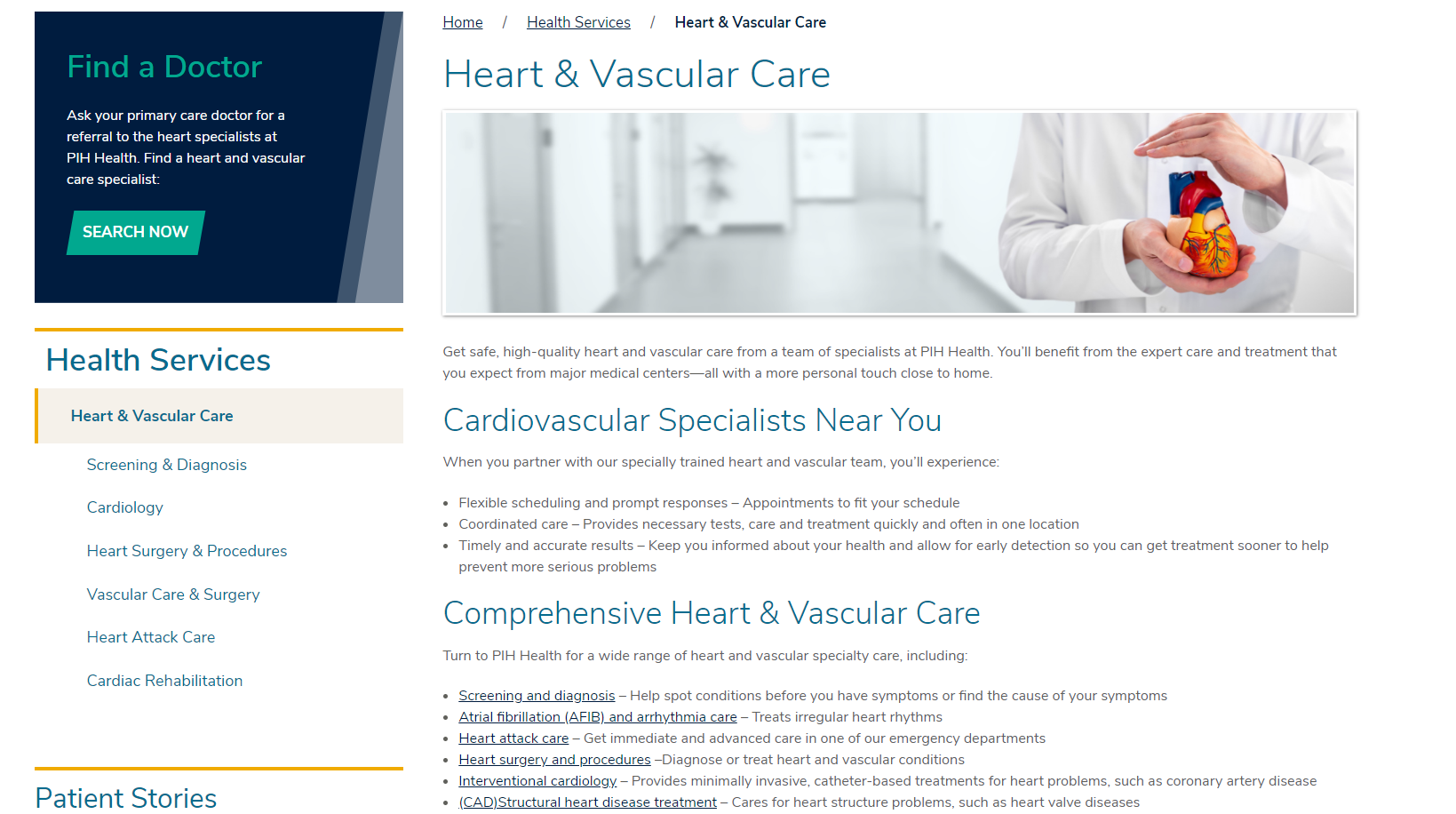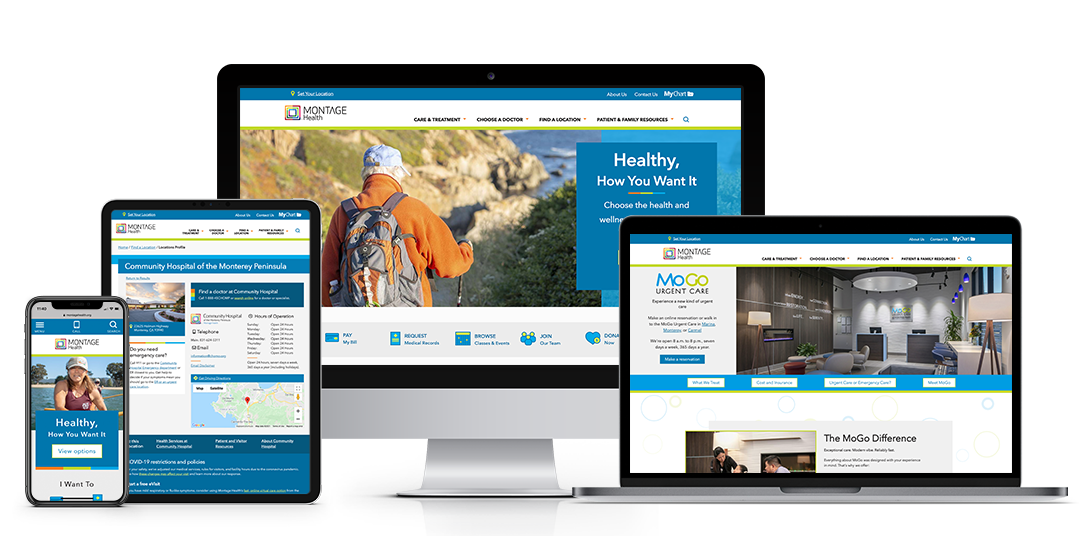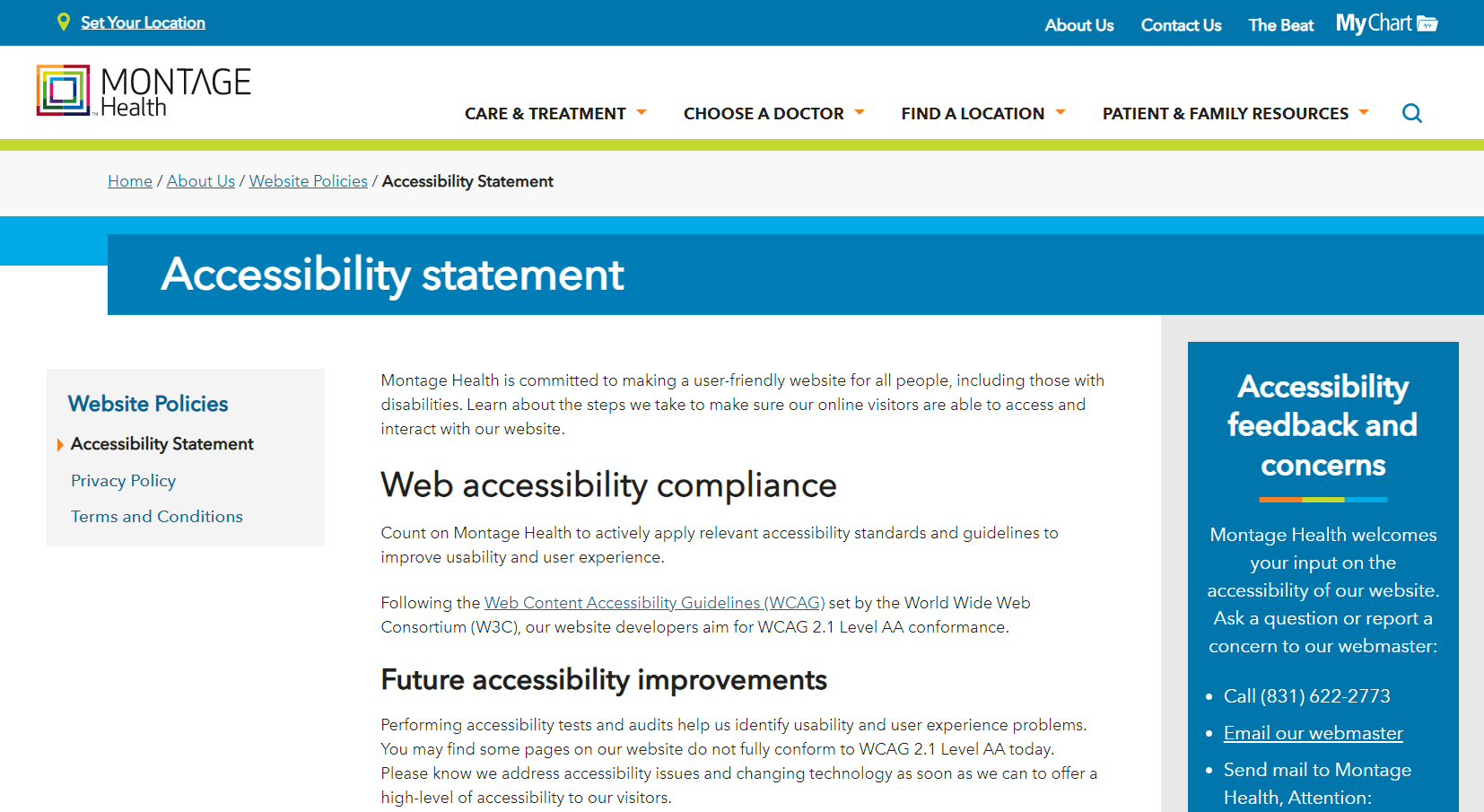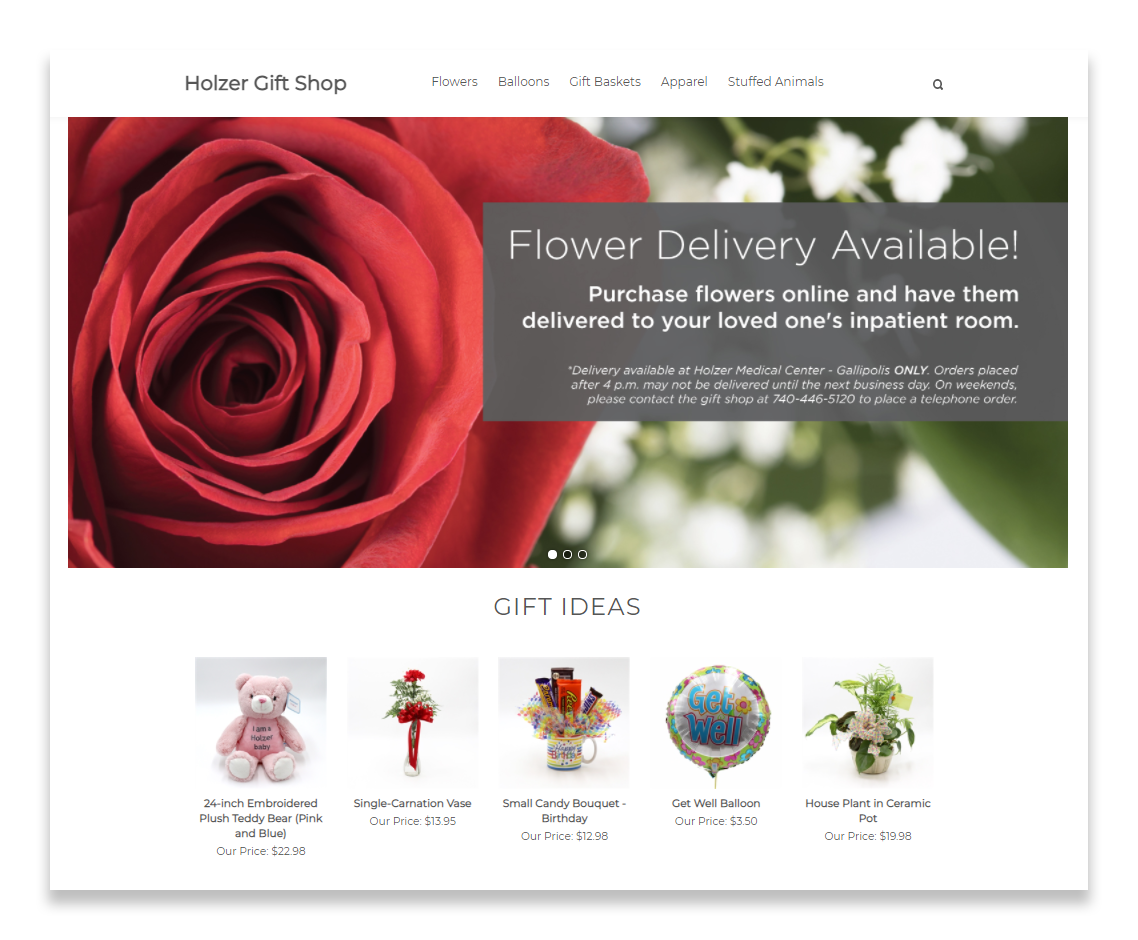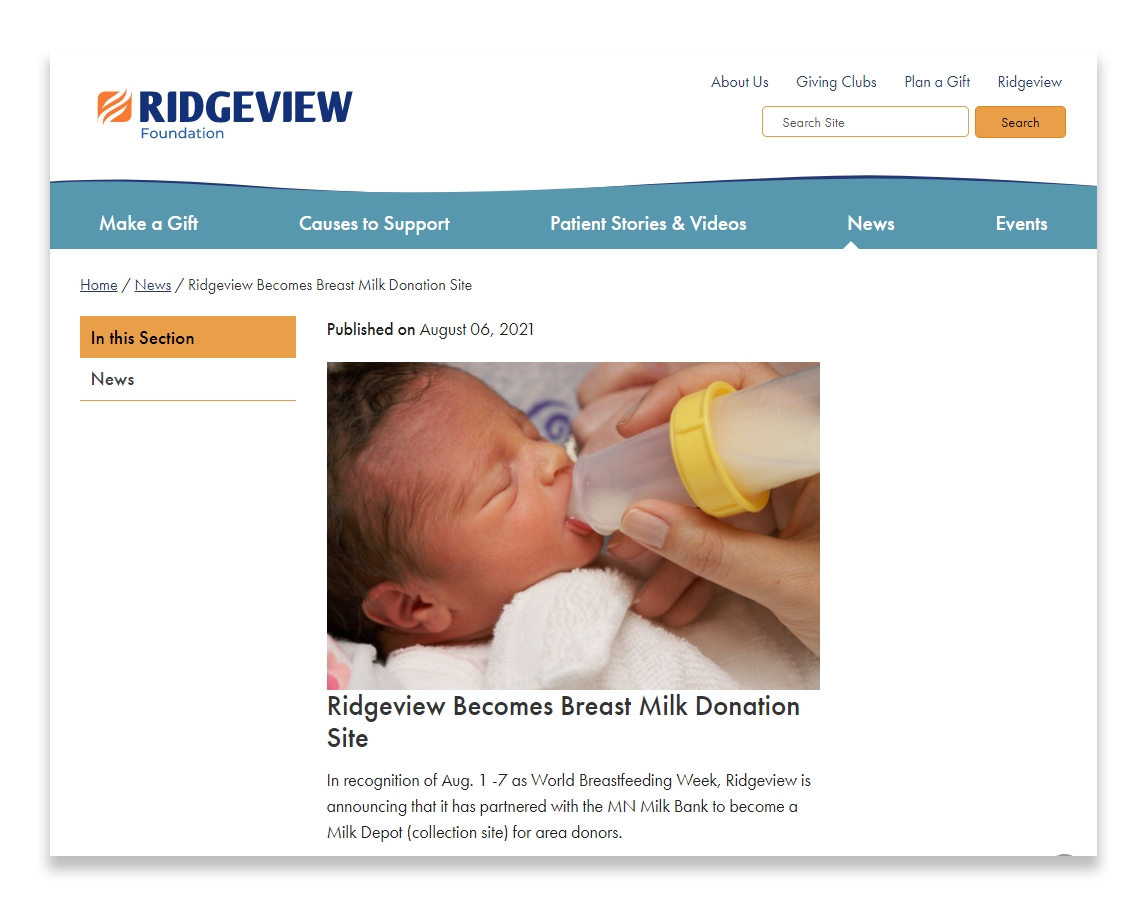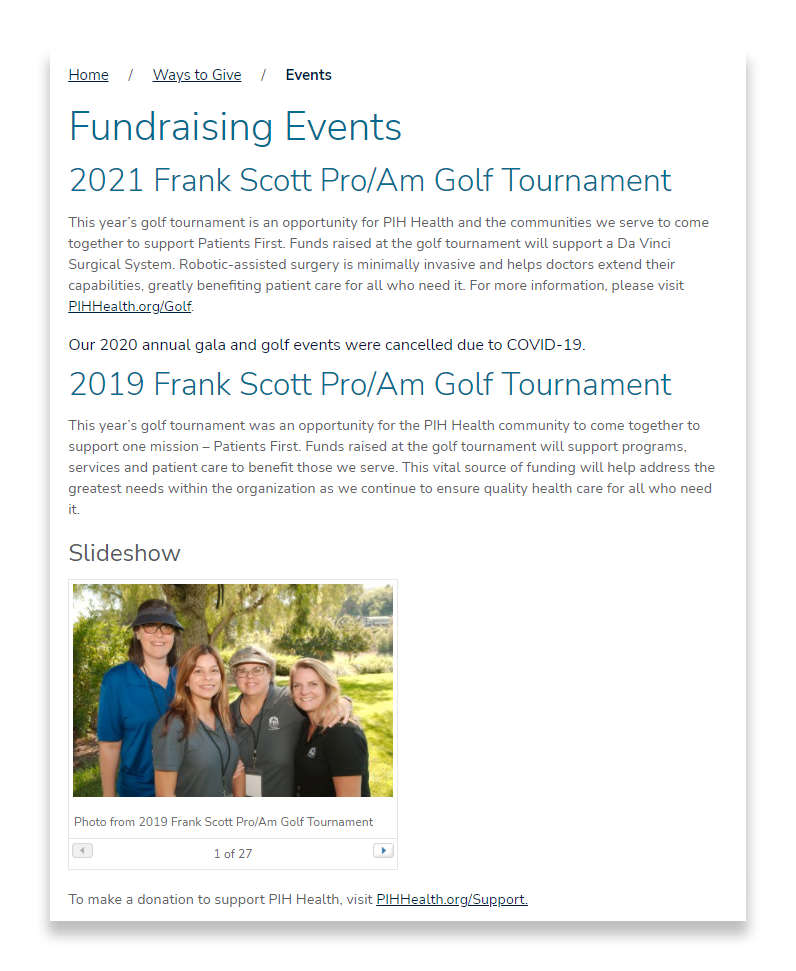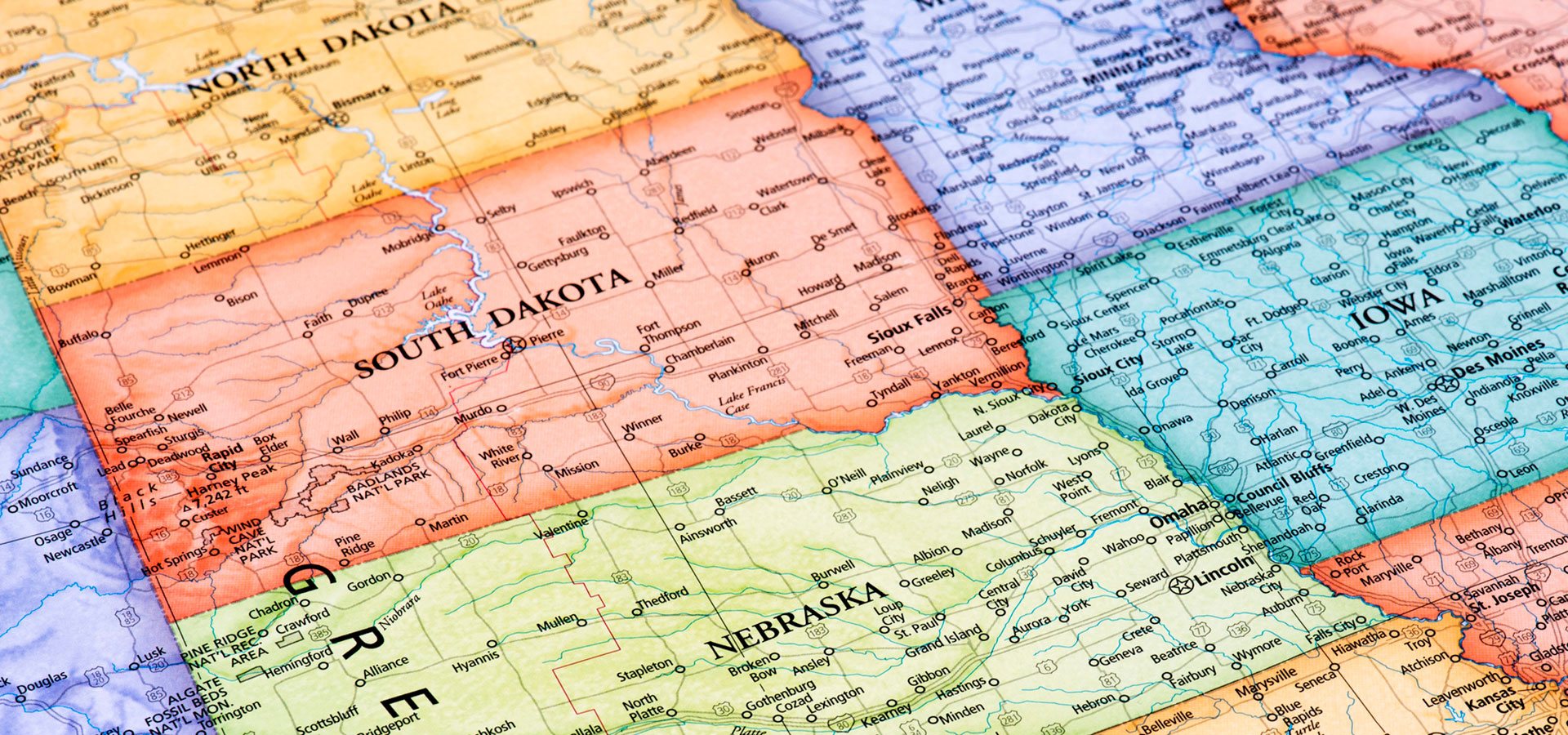The problem is, there is a loyalty crisis in healthcare. It’s never been as strong as many organizations would have liked – and loyalty has only declined through the pandemic.
According to Klein and Partners’ 2020 Wave IV Omnibus Study (December 2020), only 18% of consumers are unwilling to consider switching providers. This is down from 41% of consumers in Wave II of the study (May 2020). That’s a 56% decrease in loyalty in just the last six months of 2020.
This is a continuation of what we’ve been seeing over the last few years, with the pandemic accelerating the erosion of loyalty.
What’s causing the shift in loyalty?
For years, broader macro-trends have been impacting the healthcare space. There are more players than ever before, from concierge medical practices to Walmart’s rapidly expanding Care Clinics to new telehealth offerings through employers or insurers.
But the emergence of new players and increased choice isn’t the only issue. Health systems also have had a hand in loyalty erosion. Primary care has become more transactional than ever before. In most markets, it’s tough to see your primary care provider (PCP) on short notice. Health systems have been steering their patients increasingly to urgent care instead of their PCP or to a mid-tier provider instead of the PCP. Sometimes, patients are just going to a same-day care option because they can’t get in to see their PCP.
The trouble is that the patient relationship has always been with the PCP. We’ve broken that relationship to a large extent and haven’t been particularly effective in replacing it with a new relationship with the health system.
Pandemic accelerated shifting access options
Over the last 18 months, there were numerous times different services opened and closed, which led to cancellations and rescheduling that was often a suboptimal experience.
Many consumers tried other care delivery alternatives out of necessity, whether at a traditional competitor or a high-convenience alternative like Walgreens or CVS. These other options also became key players for getting vaccines and testing into the community. Consumers tried these options, and for many their experiences were good.
Competition in healthcare is fierce
With such tough, growing competition, how do you compete?
- Quality: There are some situations where healthcare systems can compete on quality or the availability of specific services, but overall, most services are available from multiple competitors, all with an assumed level of clinical competency.
- Communication: Electronic health record (EHR) vendors’ patient portals aren’t going to get you there, either, with many health systems in any given market often running the same EHR, some of which make it easier for consumers to share their records between provider organizations.
- Price: There are a few situations where we can compete on price. Most services are negotiated with insurers or, in some cases, are regulated by the state. Consumer-paid services provide some opportunities here, but they seem to be utilized primarily for low-dollar options such as urgent care.
- Convenience: Easy access to care and consumer experience are the places with the best opportunities for increasing competitiveness. When you can make obtaining services easier and faster, your brand can gain preference.
Addressing the convenience and the consumer experience
There are several strategies for addressing consumer experience.
To date, improving convenience and consumer experience has focused on putting offices closer to consumers, offering better parking, training staff to make the experience better, offering extended hours and improving the availability of appointments.
But what’s next? The new frontier for this experience will take place digitally. What many are referring to as the digital front door:
- Better information and education
- Easy tools to find care options
- Simple and intuitive scheduling experiences
- Easy online care delivery through telehealth
Learn more about the digital trends driving healthcare in the coming year. Check out our recent webinar on Top Trends in Reimaging the Healthcare Digital Experience. We cover how healthcare organizations use digital to create new competitive differentiation and drive loyalty. Also, check out our latest eBook on building a digital front door and beyond for more tips on supporting consumers in a personal, seamless way that enables self-service.


